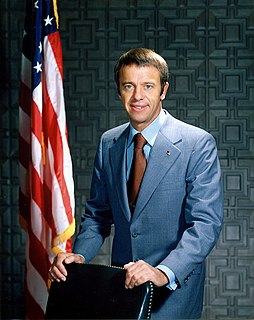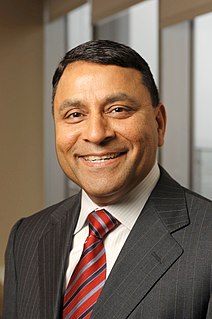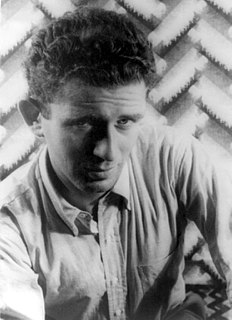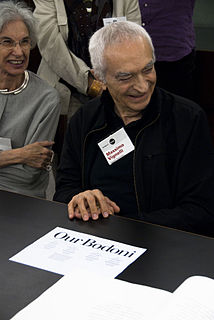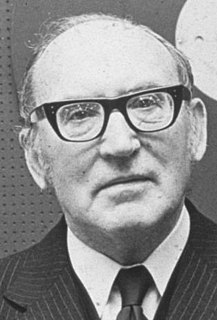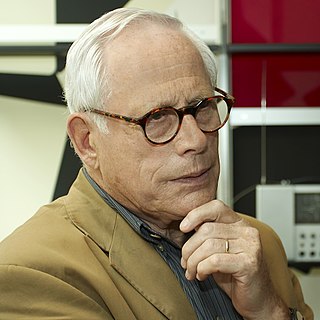A Quote by Bruce Pittman
Don't bring on the design engineers too soon. One of the worst things you can do in the early phases of a project is to bring on a bunch of detailed design engineers and then not give them clear direction and close supervision.
Related Quotes
When Henry Ford decided to produce his famous V-8 motor, he chose to build an engine with the entire eight cylinders cast in one block, and instructed his engineers to produce a design for the engine. The design was placed on paper, but the engineers agreed, to a man, that it was simply impossible to cast an eight-cylinder engine-block in one piece. Ford replied,''Produce it anyway.
Indeed the early history of rocket design could be read as the simple desire to get the rocket to function long enough to give an opportunity to discover where the failure occurred. Most early debacles were so benighted that rocket engineers could have been forgiven for daubing the blood of a virgin goat on the orifice of the firing chamber.
How odd that Americans, and not just their presidents, have come to think of their Constitution as something separable from the government it's supposed to constitute. In theory, it should be as binding on rulers as the laws of physics are on engineers who design bridges; in practice, its axioms have become mere options. Of course engineers don't have to take oaths to respect the law of gravity; reality gives them no choice. Politics, as we see, makes all human laws optional for politicians.
I started to begin to be interested in architecture and design when I was 14 years old, which was pretty early in life. And then I would start to look at architectural magazines and I eventually went to the school of architecture too, but one of the things I learned very early is that an architect should be able to design anything from a spoon to the city.
In the judgment of design engineers, the ordinary means of communicating with a computer are entirely inadequate. [...] Graphical communication in some form or other is of vital importance in engineering as that subject is now conducted; we must either provide the capability in our computer systems, or take on the impossible task of training up a future race of engineers conditioned to think in a different way.
I went to school at MIT with a whole bunch of engineers. And then I started work one day and asked myself, 'Why do all of these MIT Ph.D.s work for Harvard M.B.A.s?' Why should it be like that? I was one of those engineers who thought, 'Why are these people making those dumb decisions?' So it's fun to be the person making them.
Good design is innovative
2. Good design makes a product useful
3. Good design is aesthetic
4. Good design makes a product understandable
5. Good design is unobtrusive
6. Good design is honest
7. Good design is long-lasting
8. Good design is thorough, down to the last detail
9. Good design is environmentally friendly
10. Good design is as little design as possible

